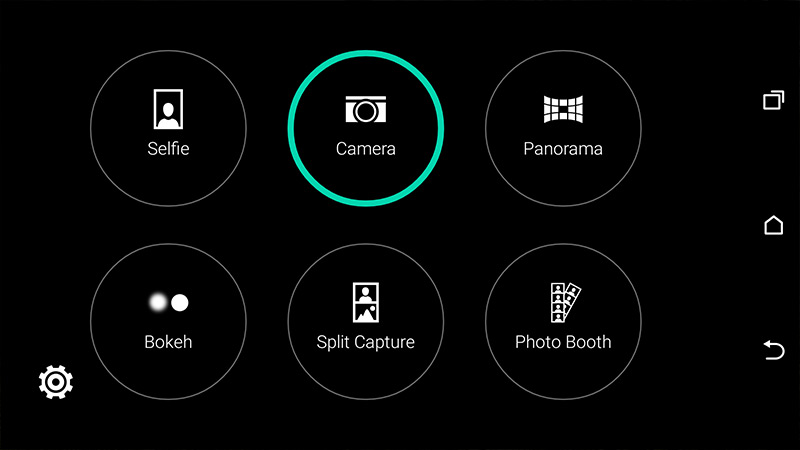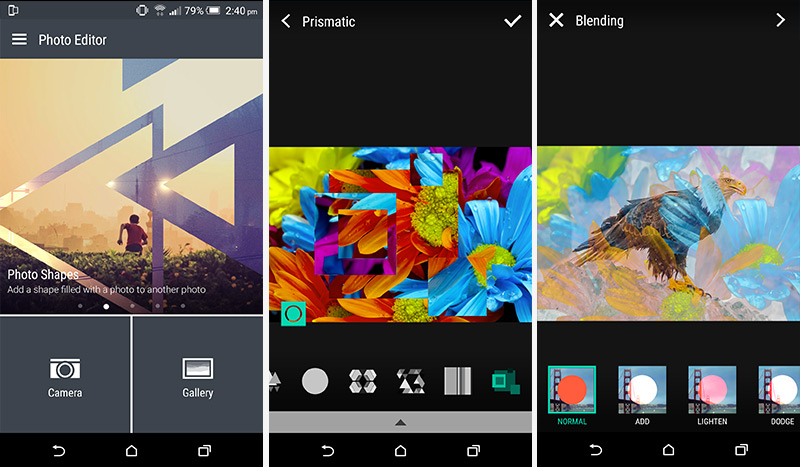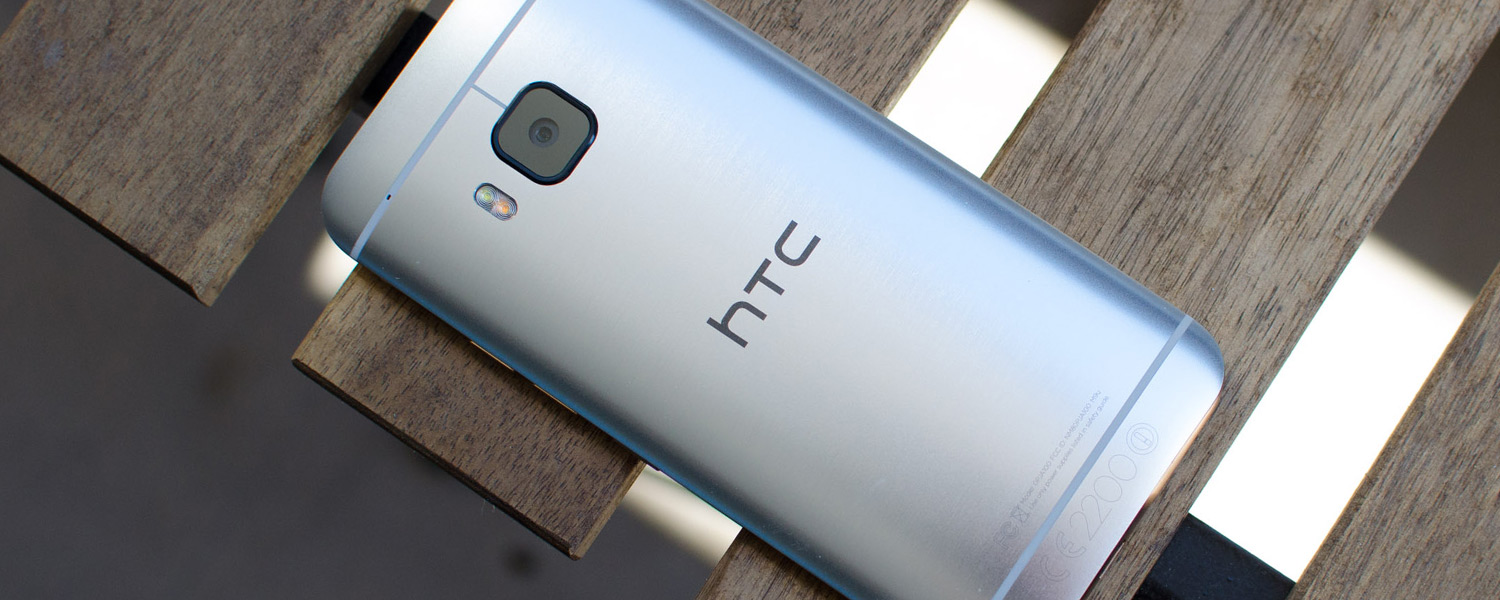Selfie Camera, Video Quality and Camera Features
Manufacturers have been placing an increased focus on selfie cameras in flagship phones over the past few generations, but typically these improvements see megapixel counts raised without moving away from small sensors with small pixels. This leads to poor low light performance, which is crucial for a selfie camera as often selfies are taken in poor lighting, especially at night. HTC's Ultrapixel technology is the perfect solution to this problem.
Thanks to the relocation of the 4-megapixel Ultrapixel camera to the front, the selfie camera on the HTC One M9 is one of the best I've seen. It's not as good as the rear camera during the day or in mild indoor conditions, but at night, the 2.0-micron pixels in the selfie cam see it destroy the rear camera (and most other selfie cameras) in terms of picture quality.
Selfies taken on the One M9 are typically bright, reasonably detailed and sharp thanks to the sensor that is geared towards better low light performance. If you like to take selfies while out at a bar or inside a nightclub, the One M9 is the smartphone for you.
The HTC One M9's camera application is very easy to use, although it does default to a 16:9 aspect ratio; switching to 10:7 allows you to use the full area of the sensor. The app uses hybrid spot metering, which has been significantly improved upon since the last HTC flagship, resisting the urge to blow out exposure when focusing on particularly light or dark areas. It's very effective, and combined with a fast capture speed, taking photos is a breeze. One area that isn't as strong is focus speed, though it is very accurate.

Alongside the main shooting mode, HTC gives you a panorama mode; split capture mode, which allows you to take photos using both the front and back cameras simultaneously; and photo booth, which captures four images in a grid. The final feature, bokeh mode, attempts to replicate the M8's Duo Camera by simulating bokeh through the capture of multiple images at different focus points. It works reasonably well, though not as well as the Duo Camera did.
HTC has once again included a manual shooting mode, which can be found in the standard camera mode next to HDR. In this mode, you can manually set the ISO, white balance, shutter speed, exposure and focus, giving you great control over how images appear. This can be an especially useful mode if you are shooting using a tripod and at night.

All post processing features, including filters, have moved into the gallery, rather than having a special mode in the camera app that applies them to the camera output live. The filters aren't too exciting, however the new FX Photo Editor certainly is. In this app, you can apply a whole range of cool effects to photos, including double exposure, interesting prismatic and shape effects, face fusion and more. Some of these were first seen in the One M8's gallery, but many of them are new and definitely worth playing with.

As for video recording, the front camera can capture at 1080p, while the rear can do up to 2160p30 (Ultra HD) for the first time. When capturing 4K video, you're limited to six minutes of footage with a bitrate of 42 Mbps, with an added two channels of 64 kbps audio, which actually sounds crisp and clear. Without OIS, videos captured by the M9 can be very shaky, although actual quality is respectable and the camera does a great job of metering and focusing quickly.
The One M9 can also record "Fast FullHD", aka 1080p60, at 21 Mbps, although frame rates in this video mode can go as low as 40 FPS if lighting isn't good enough. Slow motion video is also possible with the One M9, capturing 720p120 footage at 11.5 Mbps and playing it back at 30 FPS for motion four times slower than real life. In dark conditions, the M9 captures 720p100 and sets playback to 25 FPS. All videos are recorded using H.264 with a Baseline profile.


